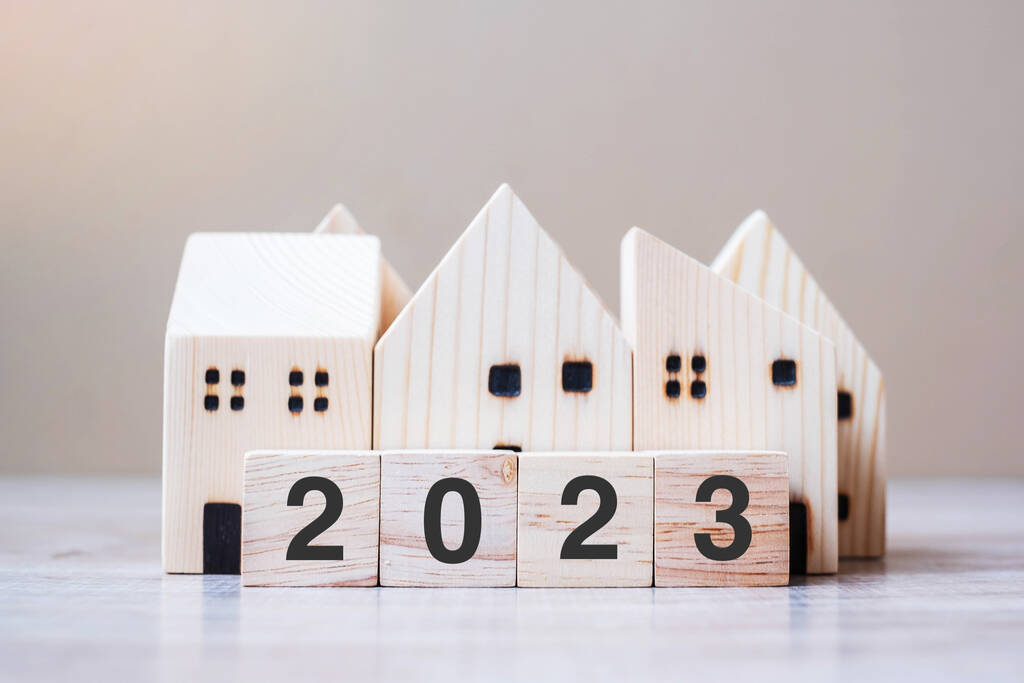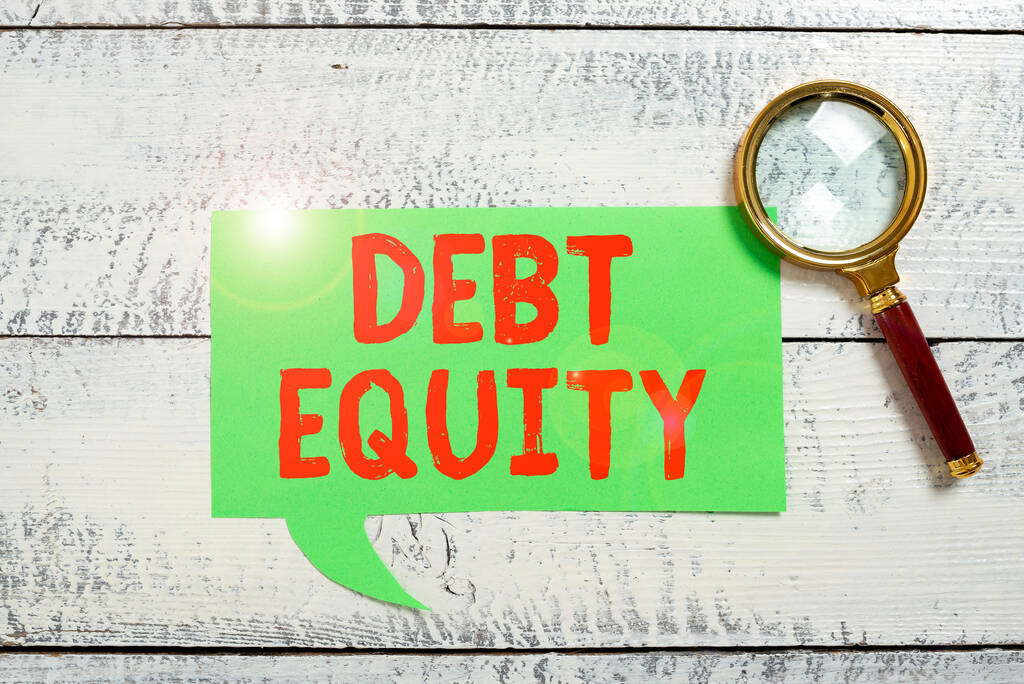Unlocking Real Estate Wealth: Understanding the BRRRR Strategy
If you’re diving into the world of real estate investment, you may have come across the intriguing acronym “BRRRR.” It’s not just the chilly sound you make when it’s freezing outside; it’s a powerful real estate investment strategy. In this blog post, we’ll break down the meaning of BRRRR, provide an example, and discuss its potential disadvantages.

What is the Meaning of BRRRR?
BRRRR stands for Buy, Rehab, Rent, Refinance, Repeat. It’s a real estate investment strategy that has gained popularity for its potential to create wealth through property acquisition and renovation. Let’s explore each of these steps in more detail:
Buy: The first step is to purchase a property, typically at a below-market value price. Investors often look for distressed or undervalued properties.
Rehab: After acquiring the property, investors renovate or rehabilitate it to increase its value. This step involves making necessary repairs and improvements.
Rent: Once the property is in good condition, it’s rented out to tenants. Rental income is a crucial part of the BRRRR strategy, as it provides ongoing cash flow.
Refinance: After the property is renovated and rented, investors can refinance it. This involves taking out a new mortgage loan based on the increased value of the property. The goal is to pull out the initial investment capital or a substantial portion of it.
Repeat: With the capital returned from the refinance, investors can repeat the process by acquiring and rehabilitating another property. This cycle continues to build wealth over time.
What is an Example of BRRRR?
Let’s illustrate the BRRRR strategy with a hypothetical example:
Imagine you purchase a run-down property for $80,000, well below its market value, and invest $20,000 in renovations to make it more appealing. After the renovations, the property’s appraised value increased to $120,000. You decide to rent it out for $1,200 per month.
Once the property is rented and stabilized, you refinance it with a new mortgage loan based on the appraised value of $120,000. Let’s say you’re able to secure a loan for 75% of the appraised value, which amounts to $90,000. With this refinance, you not only recover your initial $100,000 investment (purchase price plus renovations) but also have an additional $10,000 to use for your next investment. You’ve successfully executed the BRRRR strategy.
What are the Disadvantages of BRRRR?
While the BRRRR strategy offers numerous benefits, such as building wealth and generating passive income, it’s essential to be aware of potential disadvantages:
Market Volatility: Real estate markets can be unpredictable. Property values may not always appreciate as expected, which could affect your refinancing plans.
High Initial Capital: BRRRR typically requires a significant amount of capital to purchase and renovate properties. If you don’t have access to sufficient funds, it may not be the right strategy for you.
Management Challenges: Managing rental properties can be time-consuming and comes with its own set of challenges, including tenant issues and property maintenance.
Risks of Over-Leveraging: Refinancing properties to pull out capital can lead to over-leveraging if not done carefully. High levels of debt can be risky if market conditions change unfavorably.

The BRRRR strategy can be a powerful tool for building wealth through real estate investment, but it’s not without its risks and challenges. Understanding the process, conducting thorough research, and carefully evaluating each investment opportunity are essential steps to success. As with any investment strategy, it’s advisable to seek guidance from experienced professionals and be prepared for both the rewards and potential pitfalls that come with BRRRR.
Learn more at Wiki as well.
























